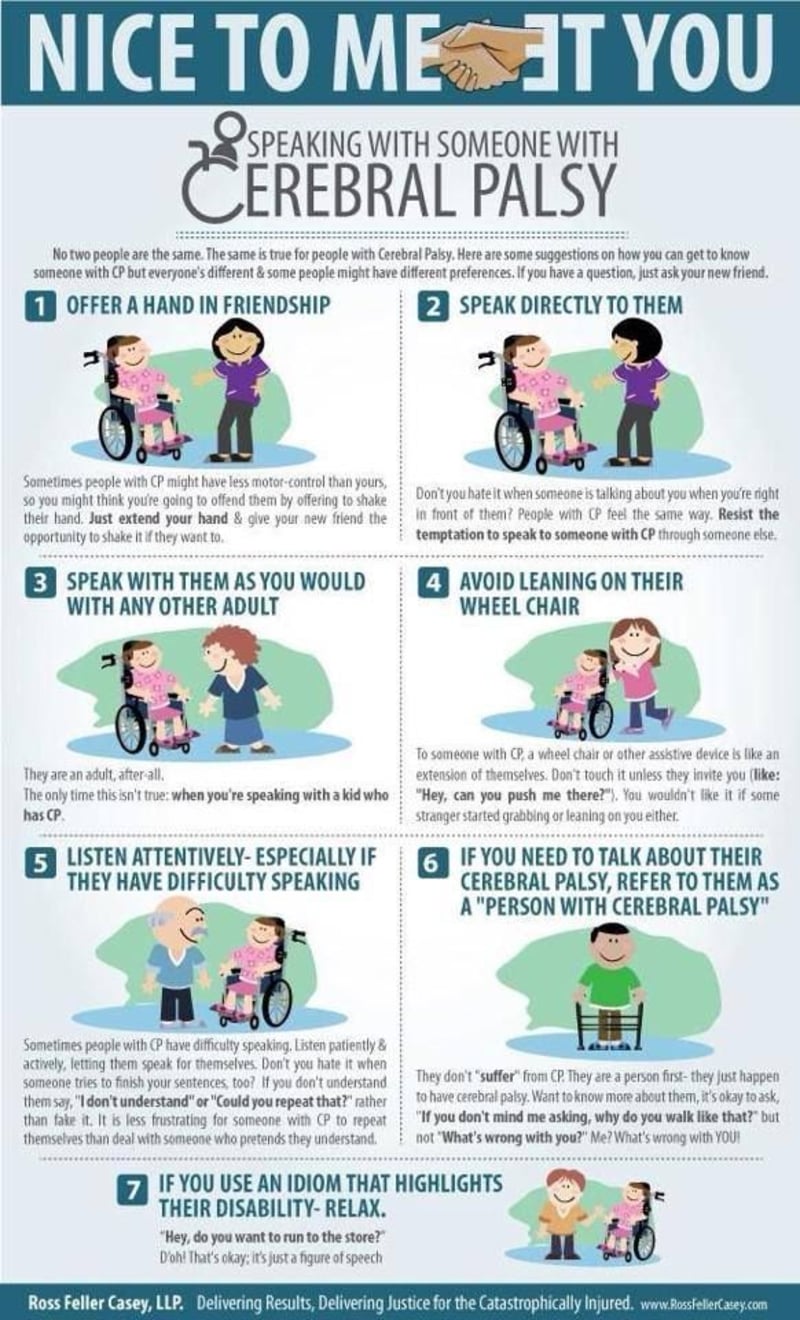Cerebral palsy otherwise referred to as “CP” is a group of permanent movement disorders that tend to occur in early childhood. The signs and symptoms of this disorder can vary between different individuals, but there are common symptoms that may help to identify someone with cerebral palsy. Issues can include poor coordination, stiff muscles, tremors, and weakness of the muscles. Individuals suffering from this condition may also suffer from problems with speaking, swallowing, vision, hearing, and sensation.
What Causes Cerebral Palsy?
Most commonly, cerebral palsy occurs when a baby’s brain doesn’t develop properly in the womb. It may also occur when damage occurs during the birthing process or closely following birth. Other causes include:
- Bleeding in the baby’s brain
- Limitation of oxygen to the baby’s brain
- Asphyxiation during birth
- An infection caught from the mother during early pregnancy
Treatment
There currently isn’t a cure for cerebral palsy. However, individuals suffering from these disorders can receive various types of treatment. These can include physiotherapy, occupational therapy, and speech therapy. Individuals may also receive medication to ease muscle stiffness, and surgery may be proposed to treat movement or growth problems.
Speaking to Someone With Cerebral Palsy
Some people may feel intimidated when meeting someone with cerebral palsy, as they worry that they might say or do something wrong that could cause offense. But don’t worry. You just have to speak to your new friend and ask their preferences regarding how they are spoken to. The infographic below will be able to show you how to speak to someone with cerebral palsy.

Infographic Design By speak to someone with cerebral palsy
One of my best friends has CP, she is not wheelchair bound but it does affect her ability to walk and use her right hand. She has never let CB get in her way. She is a mother, a grandmother, and a very special member of my chosen family. Never be afraid to talk to someone because they are different. It is our differences that make us who we are. Embrace the difference and discover a new friend.
Do You Know Someone with CP?







My cousin’s daughter has CP and they started very early with getting her into programs and therapies. She is the most kind hearted sweet young lady!
These are great tips. I had a neighbor with cerebral palsy. She was very nice. Thanks for posting!